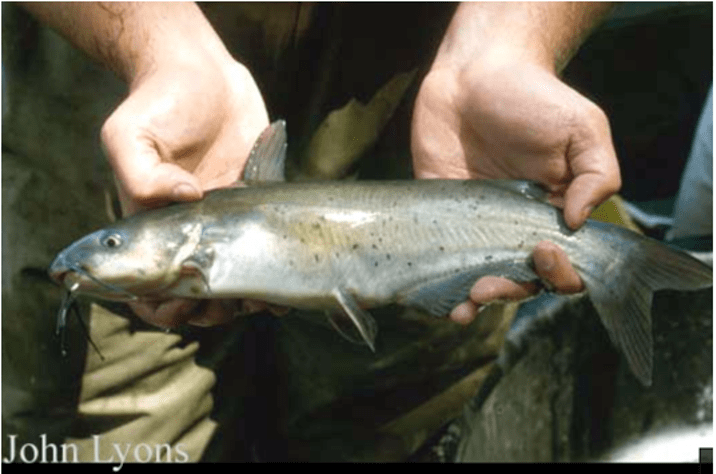Key Characteristics:
- Barbels evident from hatching
- Adipose fin
- Bulbous yolk
- Advanced fin development
- Myomeres total 45-48
- Spines present at young age
- Pigmentation body transparent at a young age
- 15-42 mm
- Barbs on pectoral spine hooked
- Caudal fin forked
- Maxillary barbels longer than head
- Body slender
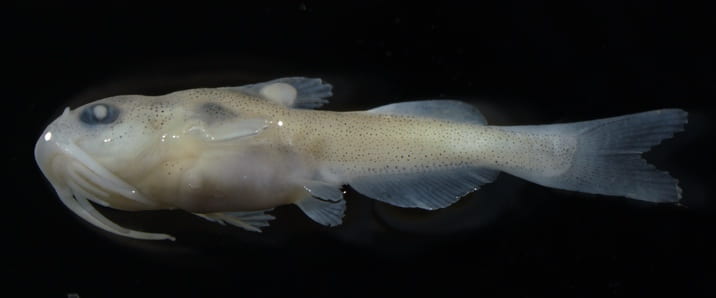
Larval Channel Catfish. United States Fish Wildlife Service. Green Bay, WI. Marian Shaffer. 2017.
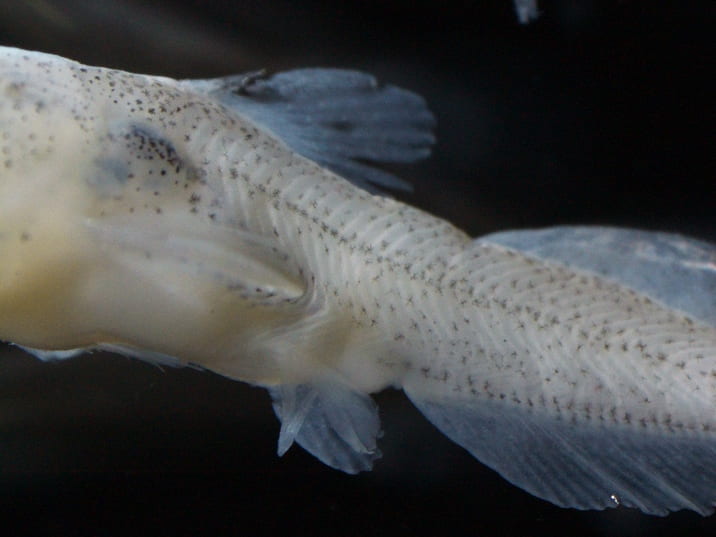
Larval Channel Catfish. United States Fish Wildlife Service. Green Bay, WI. Marian Shaffer. 2017.
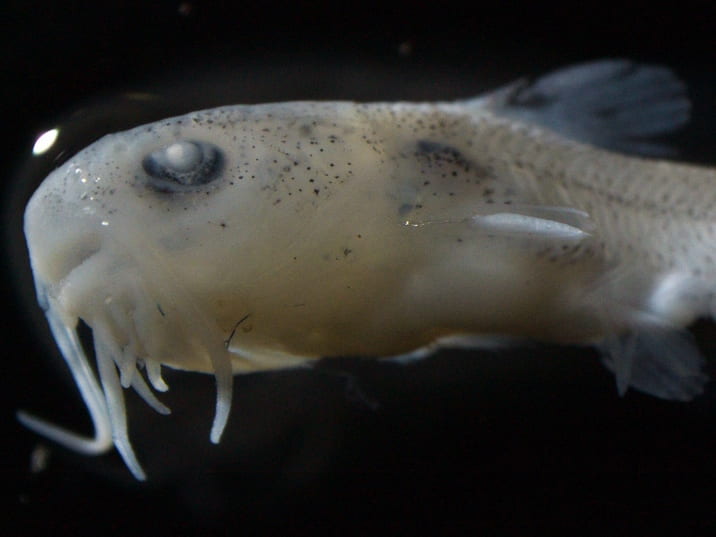
Larval Channel Catfish. United States Fish Wildlife Service. Green Bay, WI. Marian Shaffer. 2017.
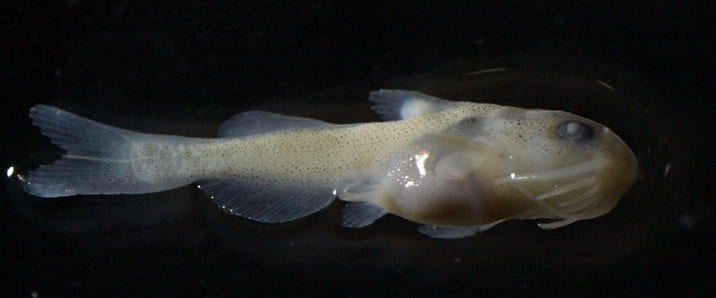
Larval Channel Catfish. United States Fish Wildlife Service. Green Bay, WI. Marian Shaffer. 2017.
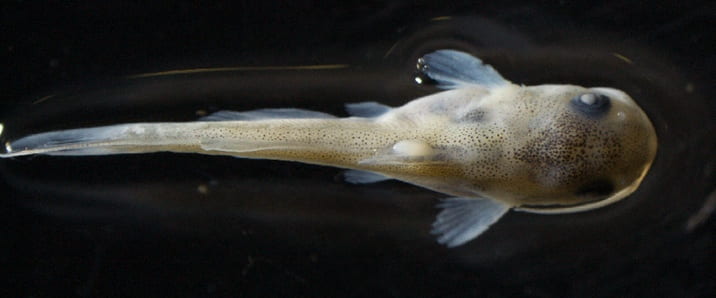
Larval Channel Catfish. United States Fish Wildlife Service. Green Bay, WI. Marian Shaffer. 2017.

Larval Channel Catfish. United States Fish Wildlife Service. Green Bay, WI. Marian Shaffer. 2017.
Dr. Auer’s Dichotomous Key (Yolk-Sac Larvae)
- Body not elongated, eel-shaped, round in transverse section, uniformly pigmented (1B)
- Chin barbels present (2A)
- Ictaluridae
- Barbs present on postior margin of pactorsal spine (1A)
- Caudal fin forked or notched; anal fin rays 25 to 29 (2A)
- Ictaluridae
Adult History
- Physical Description
- Forked tail, adipose fin, curved anal fin (24-29 rays), upper jaw extends its lower jaw, gray/silver back and sides, black spots on sides, long barbels around mouth (2 on upper jaw/4 on lower jaw), and a single dorsal fin (1 spine and 6-7 rays)
- Spawning Habitat
- Dark areas of shores in lakes, rivers, and muddy ponds
- Tolerates muddy (turbid water)
- Spawning Substrate
- Eggs are deposited under rocks, logs, and banks
- On muddy bottoms
- Within man-made containers
- Spawning Behavior
- Nests are constructed by the males in holes or burrow
- Female deposits eggs & protects her eggs from a distance
- Males guard the eggs and young until the nest is vacant
- Both males and females provide food sources for juveniles
- Most active at night
- Find a single mate during each spawning season
- Nests are constructed by the males in holes or burrow
- Time of Year
- April – July in Great Lake Basin
- Spawning typically takes place at water temperatures of 70 – 85°F
- Diet
- Omnivore
- Birds, amphibians, snakes, insects, crustaceans, seeds, algae, phytoplankton, plant matter, and small fish

